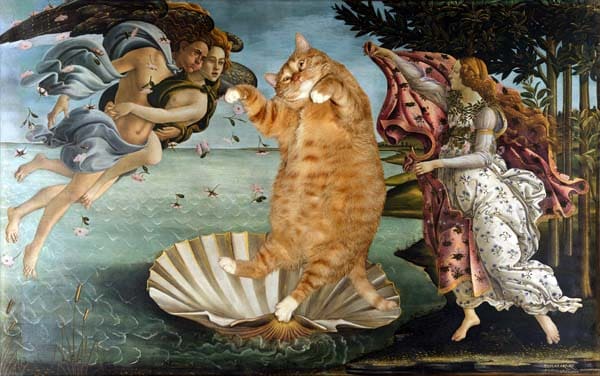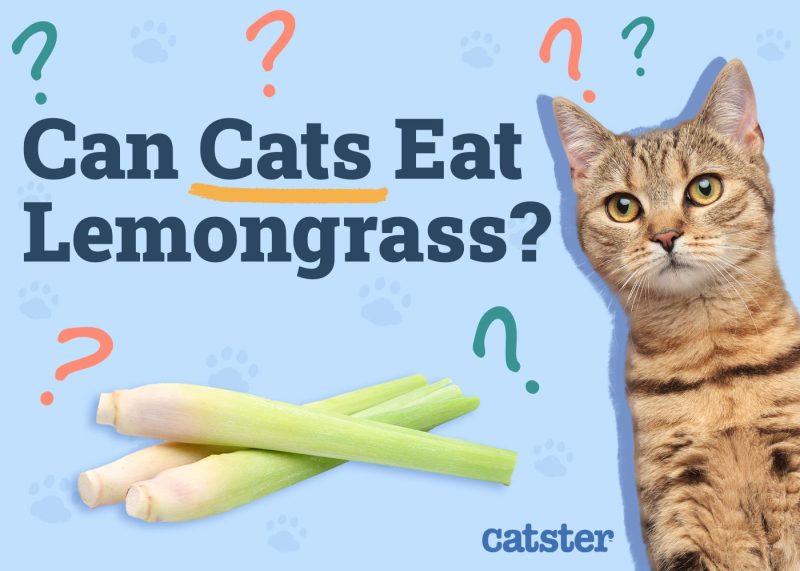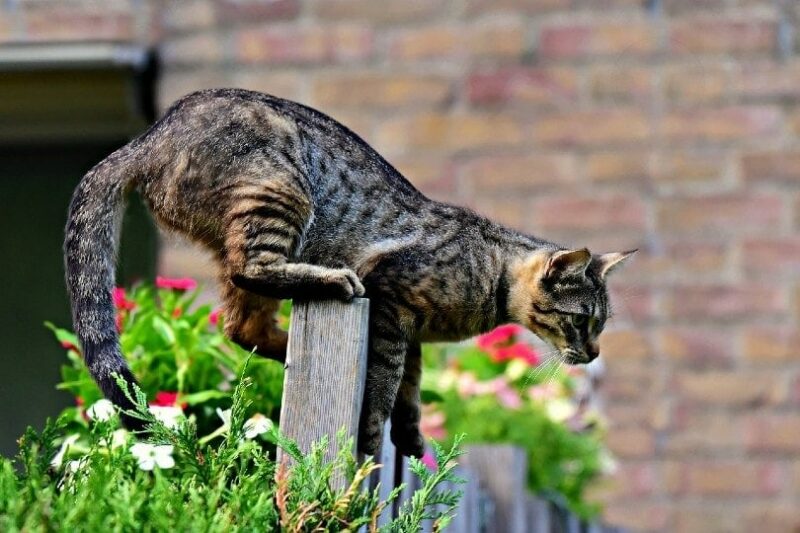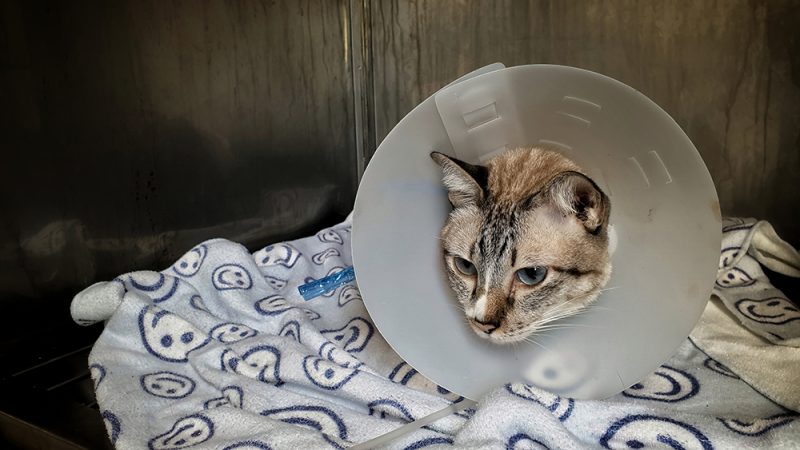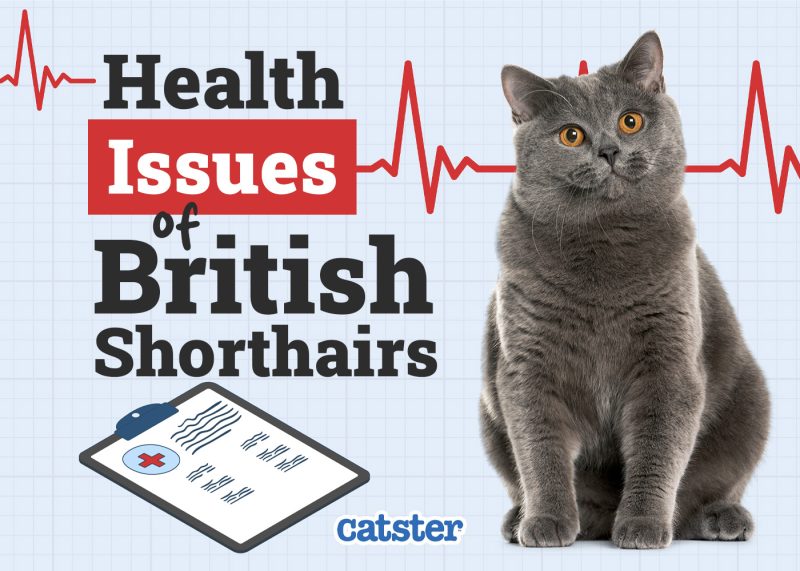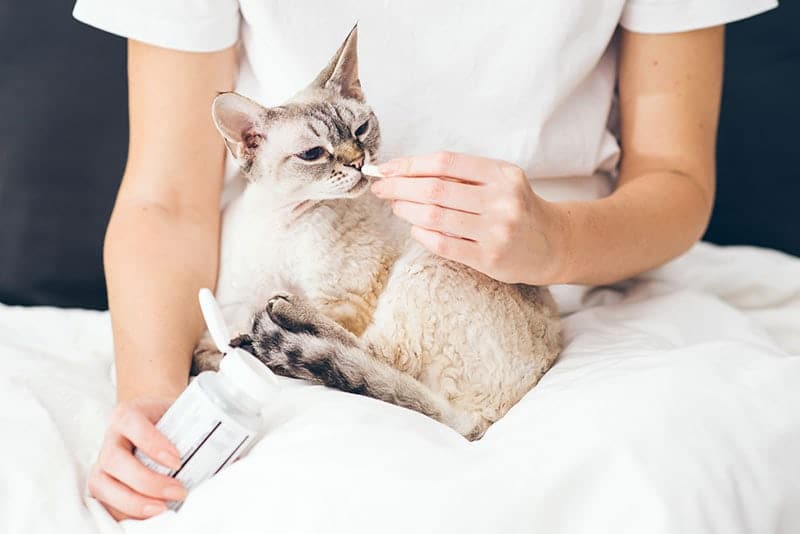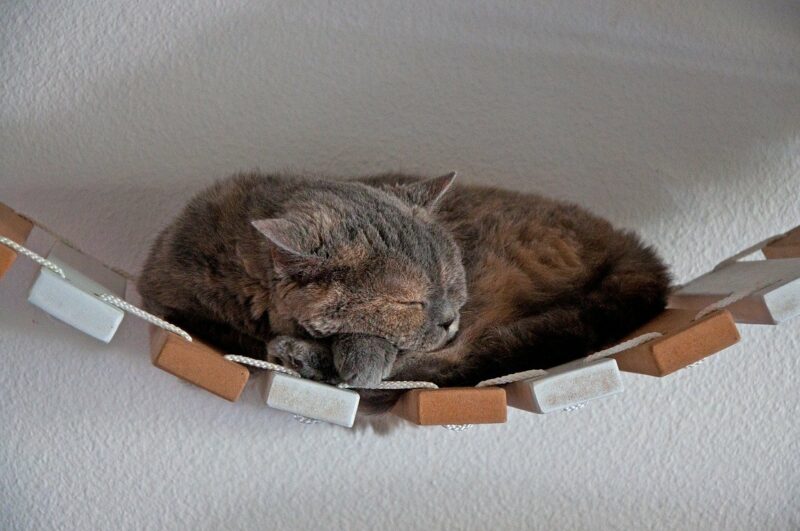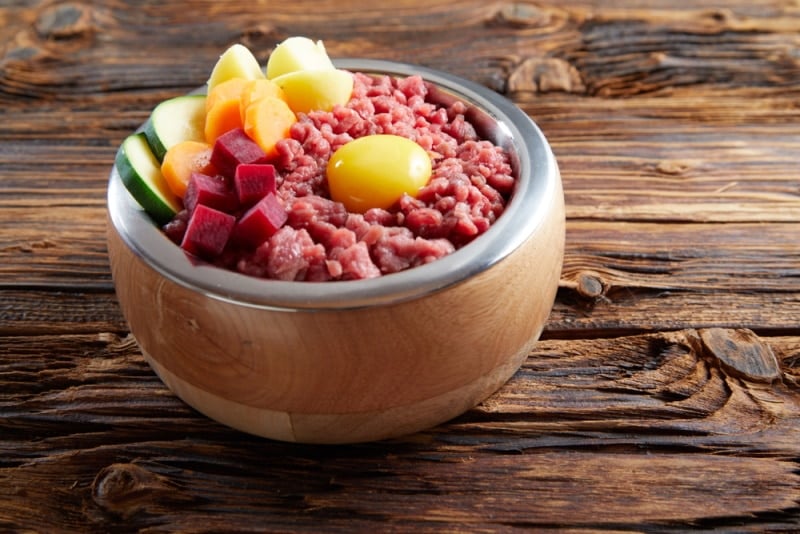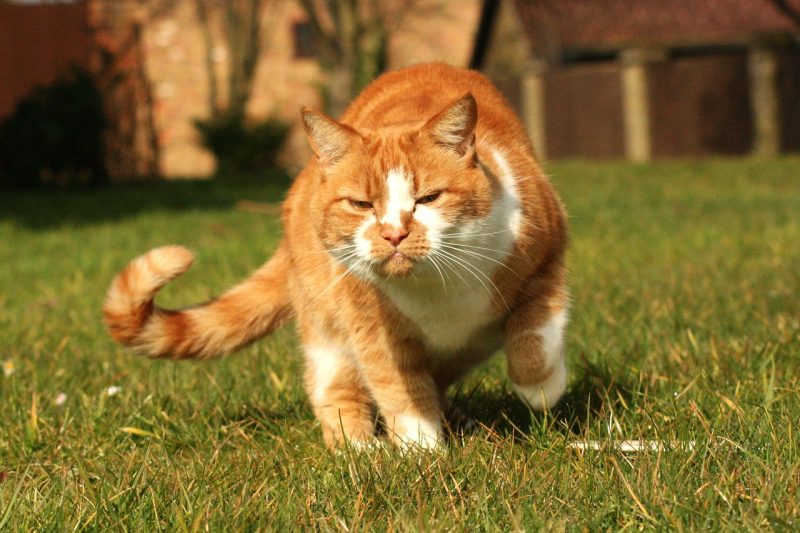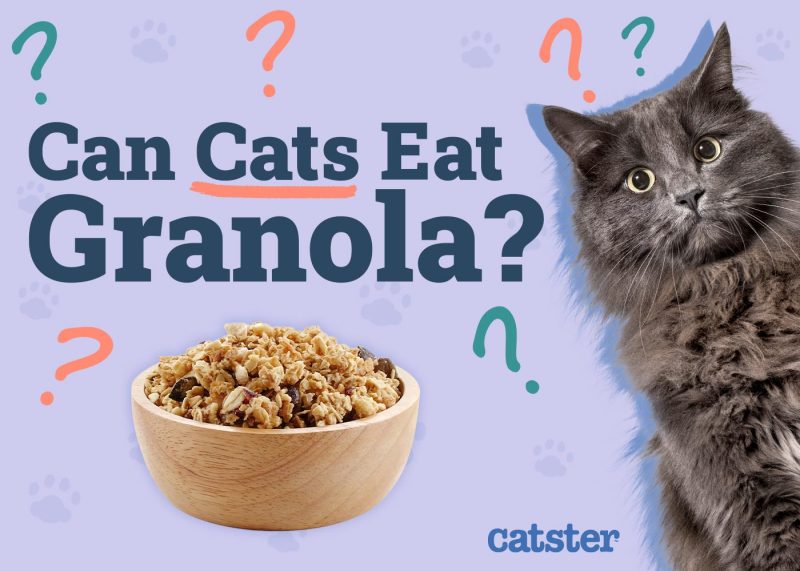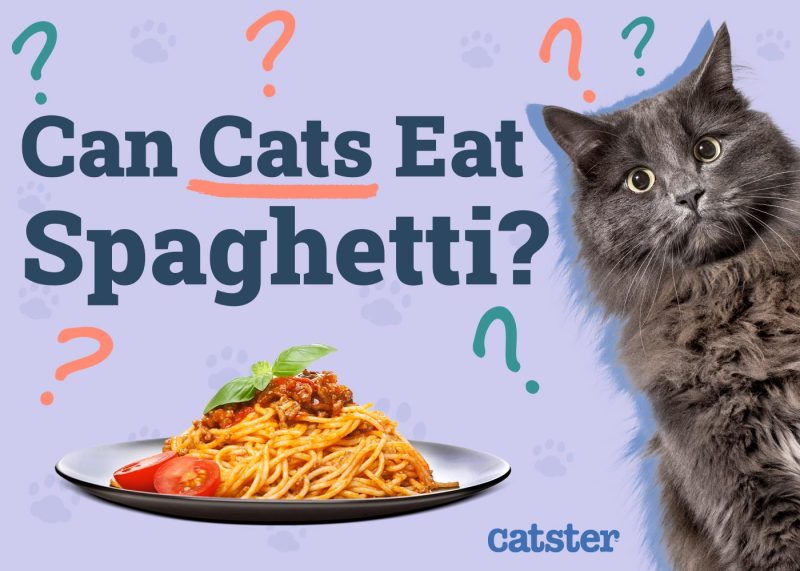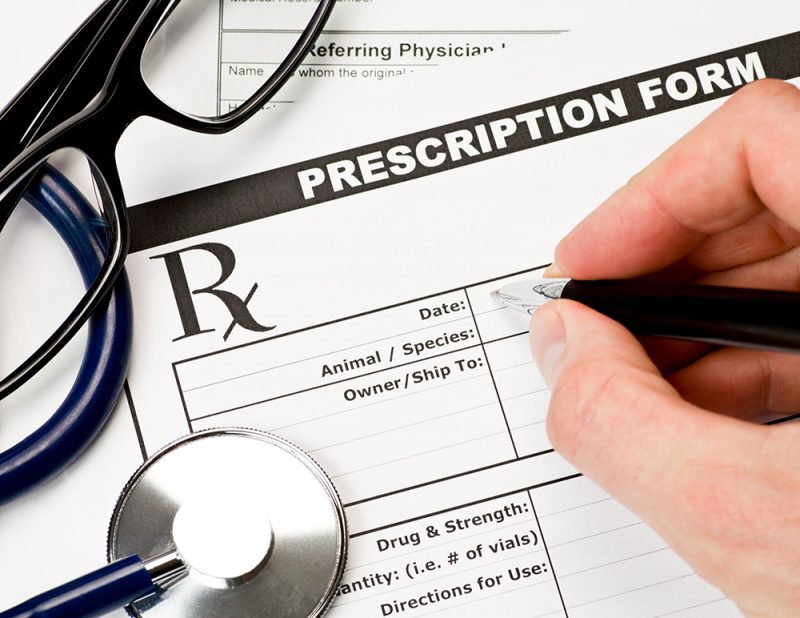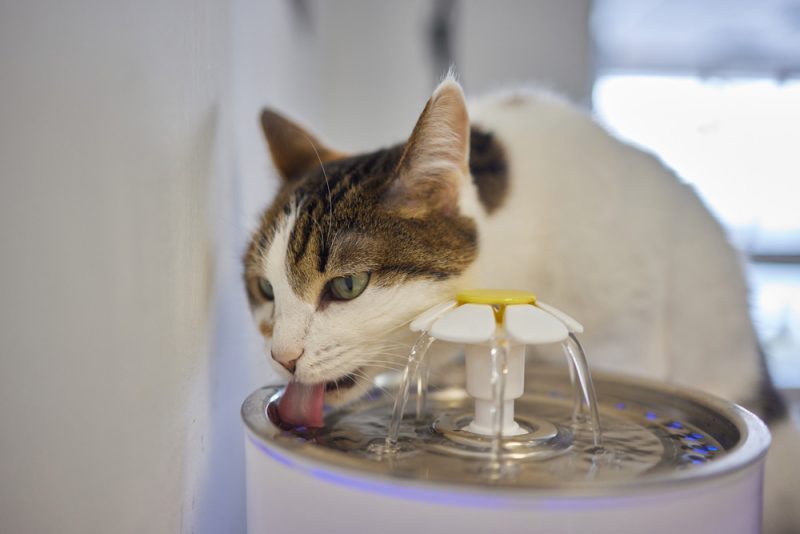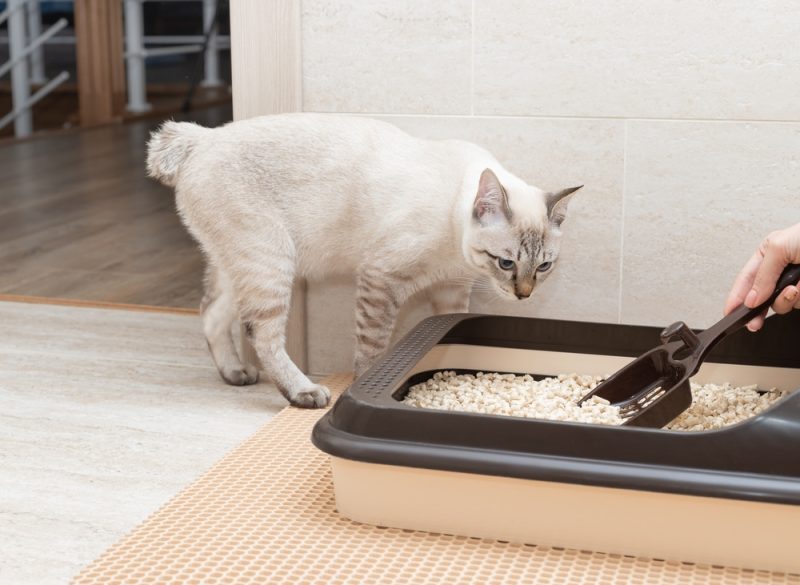The cover of Russian artist and photographer Svetlana Petrova’s book Fat Cat Art features Leonardo da Vinci’s famous Mona Lisa. She’s holding a large orange cat sporting a Cheshire cat grin that rivals the art world’s most famous smile. The book’s tagline says it all: Famous Masterpieces Improved by a Ginger Cat with Attitude.
I can’t help wondering how da Vinci, who was reputed to love cats (he famously said, “The smallest feline is a masterpiece”), would have reacted to seeing the rather Rubenesque tabby named Zarathustra, who tips the scales at a hefty 22 pounds, art-bombing his most famous portrait.
Zarathustra has become the latest international feline sensation thanks to his owner’s creativity in “inserting” him by digitally retouching many famous Old Masters and creating what cat lovers are calling a new art form: classical art memes.
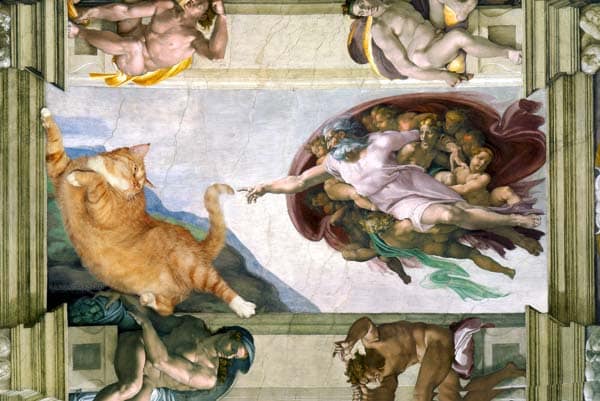
As a result, the portly tabby — he’s not fat; he just has big fur — has art-bombed some of the world’s most famous paintings, including the works of Rubens, Gainsborough, Rembrandt, Titian, Michelangelo, Botticelli, Dali, and Whistler.
Petrova and I decided to talk about cats in art over Skype. Fortunately, the one thing that Petrova has in common with her orange tabby, and with cats in general, is that she likes to sleep by day and be up at night. St. Petersburg in Russia, where she lives, is 11 hours ahead of my Pacific Standard Time zone, so my morning was her evening. Perfect timing!
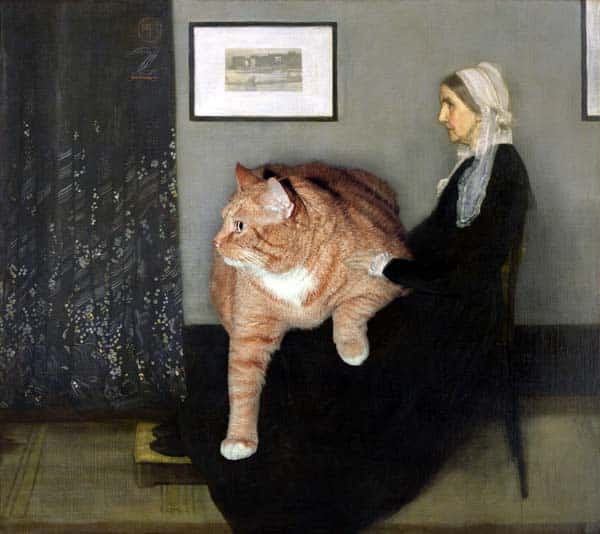
Interestingly, Petrova has no classical art background. Both she and her husband studied philosophy. But once out of academia, she quickly discovered that she didn’t like the discipline required to work within Russia’s controlled society, and the idea of continuing in a university setting had no appeal either.
“Art and fashion were always hobbies,” she says. “So it made sense to explore some artistic options as a livelihood.”
Consequently, the couple formed what Petrova calls an avant-garde theatre company called L.E.M. — The Laboratory of Experimental Models, which has been described by theater critics as “extravagantly costumed, scripted performances combined with a synthesis of classical and disco music, ballet and striptease.” The theater company has toured extensively and received rave reviews around the world for its originality and creativity.
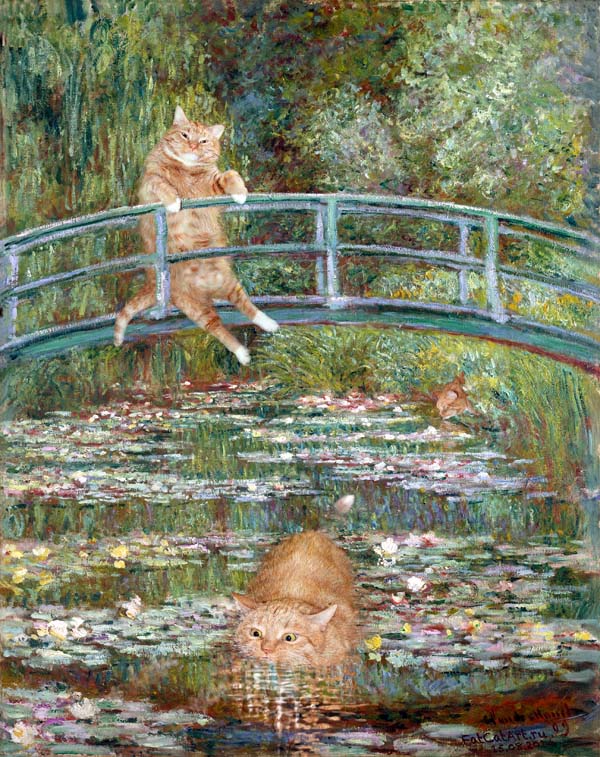
Petrova’s love of fashion and movement further led to an interest in animated art, and she founded the annual Multivision Animated Film Festival, a project that she’s still actively involved in.
And then along came Zarathustra.
“He was my mother’s cat,” says Petrova, speaking fondly of the large orange tabby with an equally large personality and feline sense of humor. “He came to live with me when she passed away in 2008. He’s named after the main character in the book Thus Spake Zarathustra: A Book for All and None, the philosophical novel penned by German philosopher Friedrich Nietzsche about the Iranian prophet Zoroaster, whose name means ‘golden light.'”
Petrova recalls that when she and the cat were both grieving for her mother, “a friend suggested that I do some kind of art project with him because he is so funny. I decided to re-create a still life with him in the style of the Dutch Masters. And the first artwork I inserted him into was Rembrandt’s Danae.”
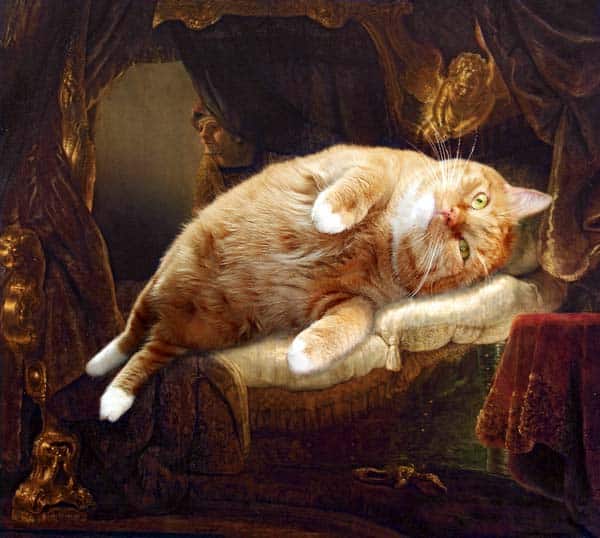
Petrova comes from a family of cat lovers and she says she can trace her family history and family cats back to the 19th century. “When I adopted Zarathustra, I had a cat I named Penthesilea named after the mythological Amazon queen because, like her namesake, she can also switch from loving to aggressive in a flash,” she recalls. “I found her on the streets as a young kitten. She’d had a very rough start in life and was very aggressive towards Zarathustra when he came to stay. But he was the perfect gentleman, rolling over on his back and exposing his tummy to her as if to say, ‘It’s okay, you can be the boss. No problem.’”
Petrova admits she often has to take hundreds of photographs of Zarathustra to get the correct expressions and poses. “It takes a professional photographer and a team of people to entertain him during our special photographic sessions. Afterwards, I go through the shots and look for appropriate art works to re-create. As a result, I have learned a lot about classical art.”
Petrova adds that if she is looking for a certain expression on her kitty’s face, it can take months to capture it. But she notes that he is happy to pose for hours because he loves the attention.
During the photo shoot for the Mona Lisa image, Petrova was actually holding her monolithic tabby on her lap. “He was sliding down because he’s so big. As a result, Mona Lisa looks like a modern girl who’s taking a selfie with her cat.”
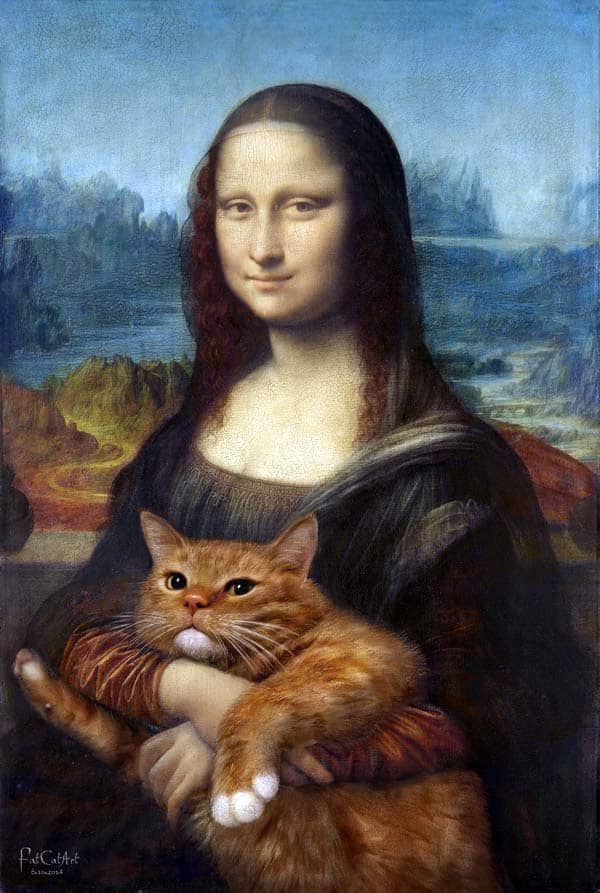
Petrova’s artistic process is a complicated one. Working with high-resolution digital reproductions of the world’s most famous artworks obtained from museum stores, Petrova sets to work to insert the photographs of Zarathustra in the style of the particular painting.
“I put a lot of work into my digital files. Then using a high-quality laser printer, the next step is to print the artwork on natural canvas and then paint over them using pigments and colors used by the original artists with brush strokes to match the original art style.”
Petrova’s Fat Cat Art has been well received around the world. Her work was exhibited in England in 2014. In 2015 it was the debut of a Zarathustra calendar and then the book, in which Petrova explains and interprets the famous masterpieces from a feline perspective.
Zarathustra himself wrote the foreword for his book, declaring, “Our main passion … is to sit for the great artists. Only great artists can appreciate Our generous body and sublime soul.” Throughout the book, he interprets the works he has art bombed and gives a very feline interpretation about each masterpiece.
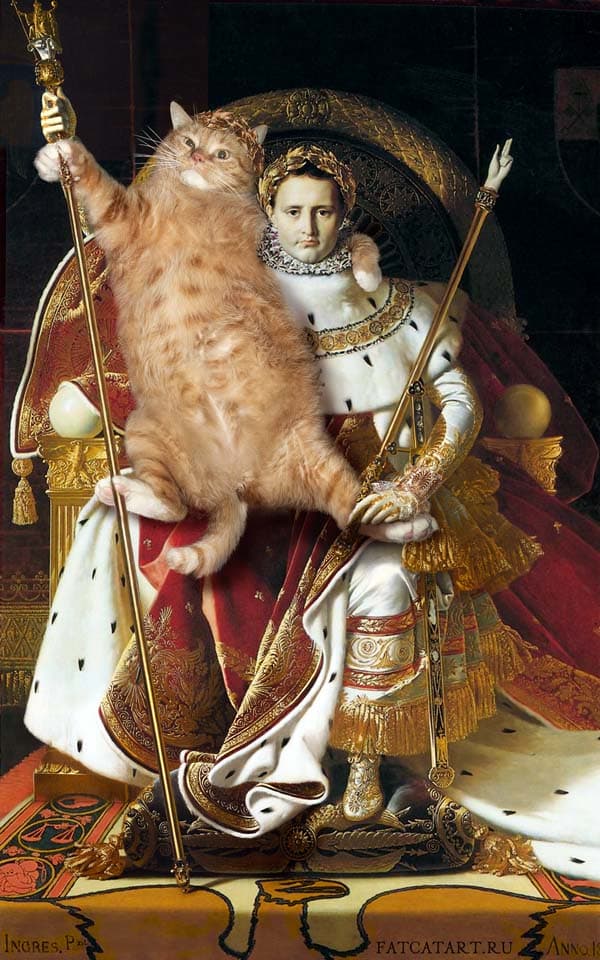
Do I have my favorites? Well, that’s a really tough call; I love them all. But there’s something very special about Danae, the artwork that launched Zarathustra into the limelight, and I definitely think he “improves” Titian’s Venus of Urbino, not to mention his facial expression while swimming in Claude Monet’s Bathing in a Pond of Water.
“People usually think art is something they cannot touch, but there is a lot of viral art on the Internet, such as memes,” says Petrova. “I have simply created my own art and encourage others to do the same. Art is for everyone.”
And judging by Zarathustra’s enigmatic smile, he would agree.
Check out Petrova’s paintings and art prints on her website, and see more of Zarasthustra by following Fat Cat Art on Facebook, Twitter, and Instagram.
About the author: Sandy Robins is an award-winning multi media pet lifestyle expert and author of four cat books of her own. Her latest, Making the Most Of All Nine Lives: The Extraordinary Life of Buffy the Cat is available in early 2016. Visit her on Facebook and at her website.
- See Also: Drawings of Cats by Kids
